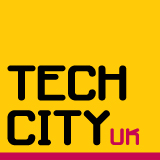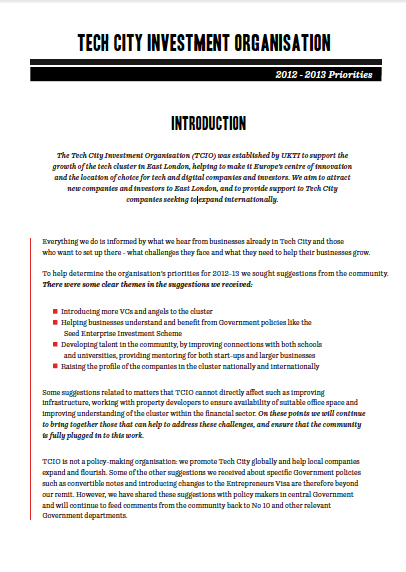Today’s guest post is by Jean-Michel Deligny, managing director, Go4Venture, providing us with a few thoughts on the investor landscape.
The European VC landscape has had a chaotic time lately, impacting investors and start-ups alike. Headlines now warn that investors have become more select, prioritising funding for those businesses which more likely to bring a fast return on investment over those who are looking for first round funding.
It is not all doom and gloom however. Investors may be spreading their finances less widely (the number of deals being reported over the last year has virtually halved) but the investments that they are making are considerably higher.
For example, in March, we reported on seven ‘landmark’ transactions (those greater than €20mn) compared to only three for the same period last year. Then in April 2011 our Headline Transaction Index (HTI) captured 88 transactions worth €683mn.
These are the latest figures to show the steady upward progress of European VC since September 2009, with a total of €876.5mn invested so far in 2011.
Competing against a developing US‘bubble’ of interest in internet and technology companies, these transactions are slowly evolving towards a higher risk profile. Activity is still very much up at the growth equity end of the market but there are also substantial A rounds and B rounds for successful companies.
So with fewer opportunities but an increased appetite for risk and greater prizes, how can European start ups and investors find the right partner without breaking the bank or damaging fledgling business in the process?
Looking across borders
The simple answer is look beyond the traditional American model of VC where proximity rules the roost. If European VC is to grow (and indeed, if the businesses it funds are to develop) investors and start-ups can no longer rely on partners within their immediate geographic regions.
This presents a unique set of challenges. Overcoming language barriers is an immediate and obvious concern. However, there are also the issues of different regulatory regimes and cultural idiosyncrasies that can prove just as difficult.
There is also the weight of history. Because venture capital investment markets in European countries are very fragmented, cross border venture capital fund investment and fundraising has been inhibited for quite some time – and overcoming this is no small task.
So why go to the trouble? Simply put, because European growth needs cross border investment. Small and medium-sized enterprises (SMEs) are seen as key to improving competitiveness and meeting the aims of the Lisbon Strategy for Growth and Jobs. In turn, venture capital has been identified as a crucial way of financing them because SMEs often face issues raising money via more ‘traditional’ avenues.
The shape of success
A successful, cross border VC market presents considerable potential for the growth of innovative SMEs. Companies backed by venture capital tend to generate a lot of jobs and research and development.
So how canEuropeovercome current barriers and encourage increased cross-border venture capital investment and fundraising? The truth is that this is a huge task – though one that has already begun. The European Commission’s Tax Policy Group recently concluded that EU member states should do more to coordinate tax policy in an effort to eradicate the double taxation risk that cross border investors often face.
The hallmarks of success for this would be an integrated financial market with easy, free movement of venture capital; improved conditions for fundraising by institutional investors, and a better regulatory framework for funds based on greater efficiency and less administrative obstacles. In the short term a mutual recognition of existing national frameworks as the most pragmatic approach would be the first sign thatEuropeis on the right track to cross border success.
There are of course other, immediate options for those start ups and investors looking to exploit cross border opportunities. The European Tech Tour Association (ETTA) was founded in Geneva in 1998 in response to the growing interest in emerging technology companies in various European regions. As an independent, not for profit organisation the ETTA brings together VCs from acrossEurope with the brightest start ups in a given region to turn innovative projects into tomorrow’s technology leaders.
Such initiatives are leading the way in accelerating cross border VC development throughout Europe. If the ETTA is any measure, the prize for early adopters is the inside track on some truly international opportunities. Tech Tour companies that have gone on to see exits in excess of 100m USD include: Comtelco, Parthus, SuSe, Memscap, Chipcom, Mellanox and U-Blox (2007) to name but a few. To continue this success, energize European SMEs and drive economic growth across the Continent, bringing down national VC barriers and lighting the fire of cross border investment is critical.
A great opportunity to explore cross border investment will be at the Tech Tour Web & Mobility Summit on November 2-3 at the UK TechCity venue Shoreditch Studios.






